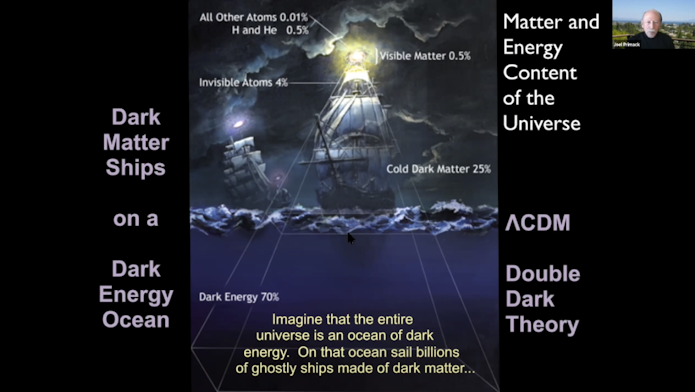CCA Colloquium: Joel Primack
Title: New Challenges in Cosmology, Galaxy Formation, and Planet Habitability
Abstract: The Hubble tension between measurements of H0 in the early universe vs. nearby can be resolved by a brief episode of dark energy contributing about 10% of cosmic energy density at redshift z ∼ 3500. This can be tested a lower redshifts — for example, N-body simulations have recently shown that this Early Dark Energy scenario predicts earlier structure formation, e.g. 50% more clusters than ΛCDM at redshift z ∼ 1. Galaxies were long thought to start as disks, but HST images show that most galaxies instead start prolate (pickle shaped). Galaxy simulations can explain this as a consequence of the filamentary nature of the ΛCDM dark matter distribution. But comparisons between simulations and observations using novel machine learning methods reveal other potential challenges, particularly concerning long-lived massive star-forming clumps. Earth may be a radioactively Goldilocks planet, with just the right amount of radiogenic heating by Th and U for plate tectonics and a magnetic field, both of which may be necessary for the evolution of complex life. Production of these r-process elements in rare neutron star mergers implies incomplete mixing. A factor of 2 increase would have stopped Earth’s magnetic dynamo for hundreds of millions of years and also caused widespread vulcanism. A factor of 2 decrease could have stopped plate tectonics. Radiogenic heating may thus be an important factor in rocky planet habitability.
September 10, 2021
Joel Primack: New Challenges in Cosmology Galaxy Formation Planet Habitability

By clicking to watch this video, you agree to our privacy policy.